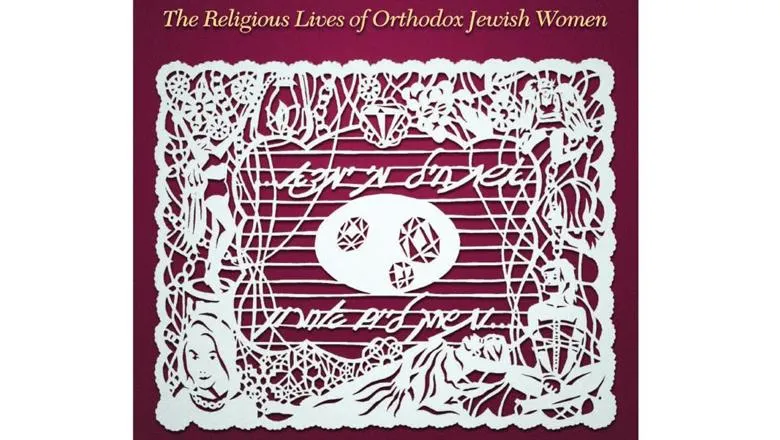17 October 2019
Religious lives of Orthodox Jewish Women
Lindsey Taylor-Guthartz
Lindsey Taylor-Guthartz's new book: Challenge and Conformity: The Religious Lives of Orthodox Jewish Women

My new book, Challenge and Conformity: The Religious Lives of Orthodox Jewish Women, will be published by the Littman Library of Jewish Civilization in the coming year. As well as being the first academic study of Orthodox Jewish women in London, it traces wider developments that can be observed in Orthodox Jewish communities across the world, and explores how new norms of lived religion have emerged in London, influenced by both the rise of feminism and the backlash against it.
Orthodox Jewish women are increasingly seeking new ways to express themselves religiously, and important changes have occurred in consequence in their self-definition and in the part they play in the religious life of their communities. Drawing on surveys and interviews across different Orthodox groups in London, as well as on my own experience of active participation over many years, this study analyses its findings in the context of related developments in Israel and the USA. Sympathetic attention is given to women’s creativity and sophistication as they struggle to develop new modes of expression that will let their voices be heard, such as ‘blessing parties’ and psalm recitation groups; at the same time, the inevitable points of conflict with the male-dominated religious establishment are examined and explained, as with the development of women-only versions of worship services. Trends towards thaumaturgic theological ideas that have developed among haredi (ultra-Orthodox) women are also examined.
There is a focus, too, on the impact of innovations in ritual: these include not only the creation of women-only spaces and women’s participation in public practices traditionally reserved for men, but also new personal practices, often acquired on study visits to Israel, which are replacing traditions learned from older family members. This is supported by the results of a survey of women’s customs, which also reveals the role that such practices play in the creation of women’s religious identities and the texture of their religious lives.
I’m particularly excited by the wonderful papercut made by Jacqueline Nicholls, an internationally known Jewish artist, which will serve as the cover art; it perfectly expresses the book’s exploration of traditional norms for Orthodox women and their increasing subversion.
